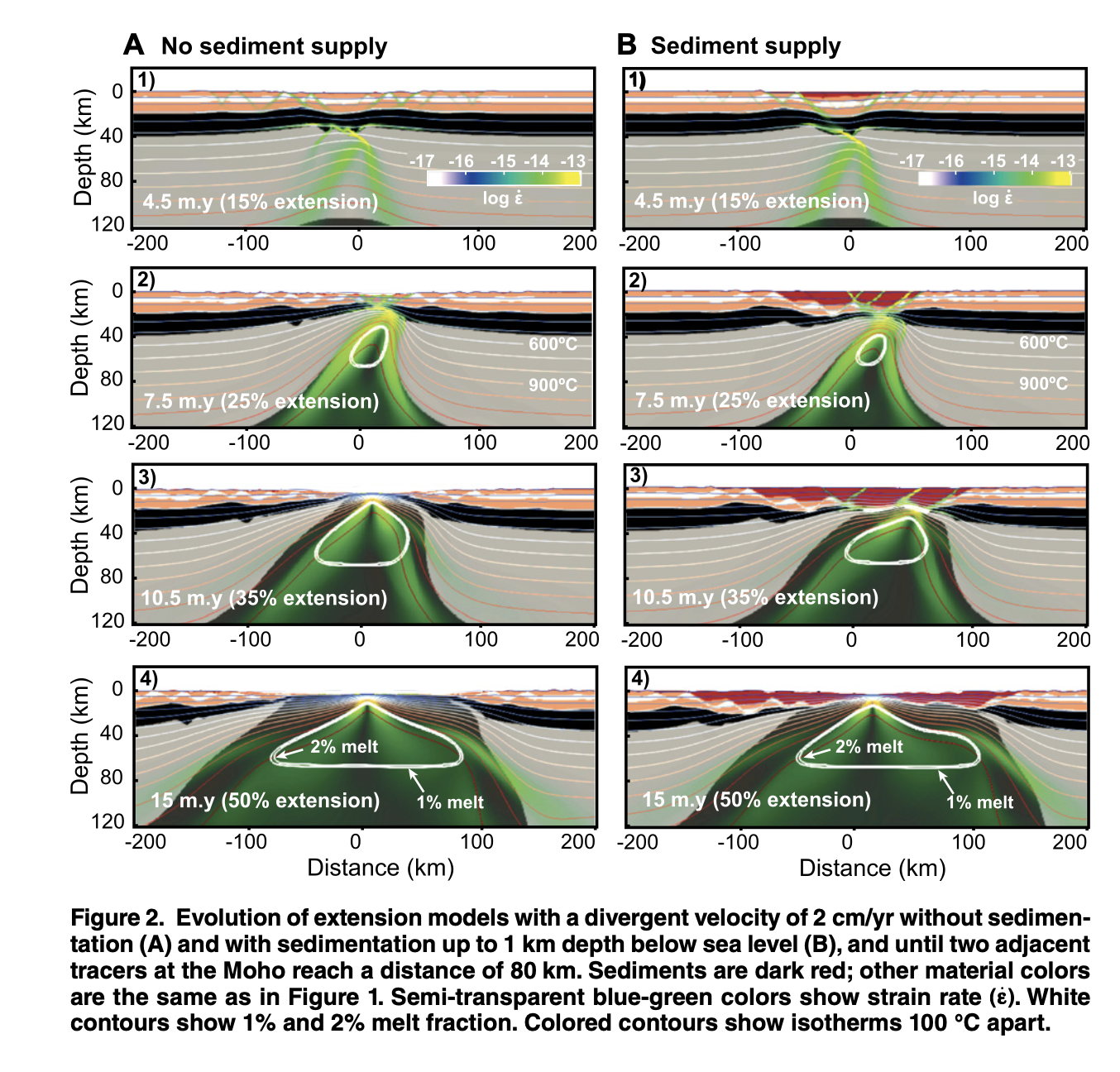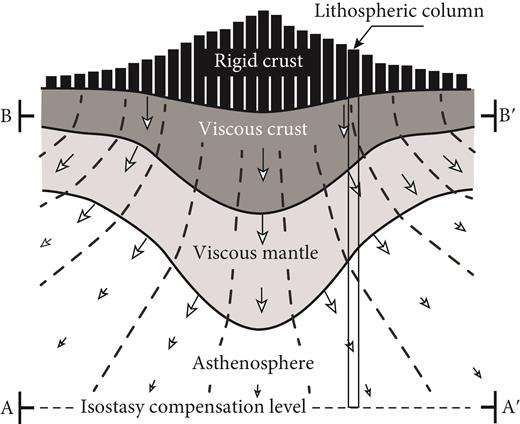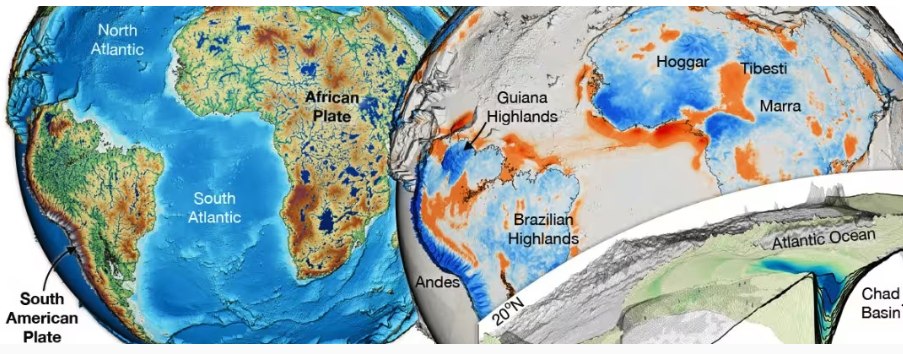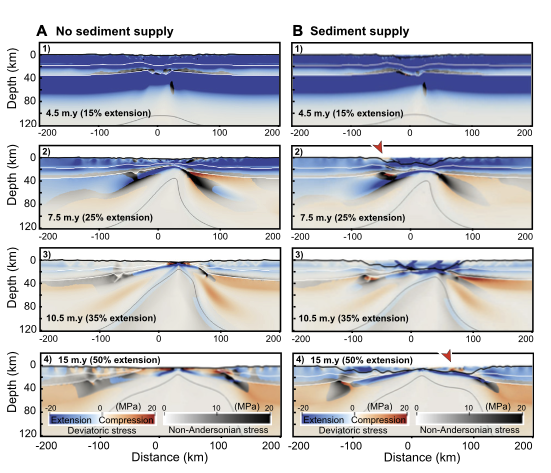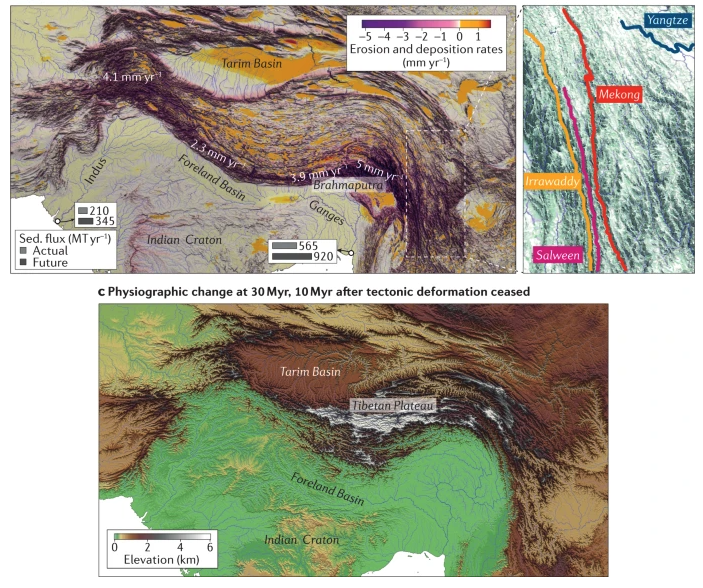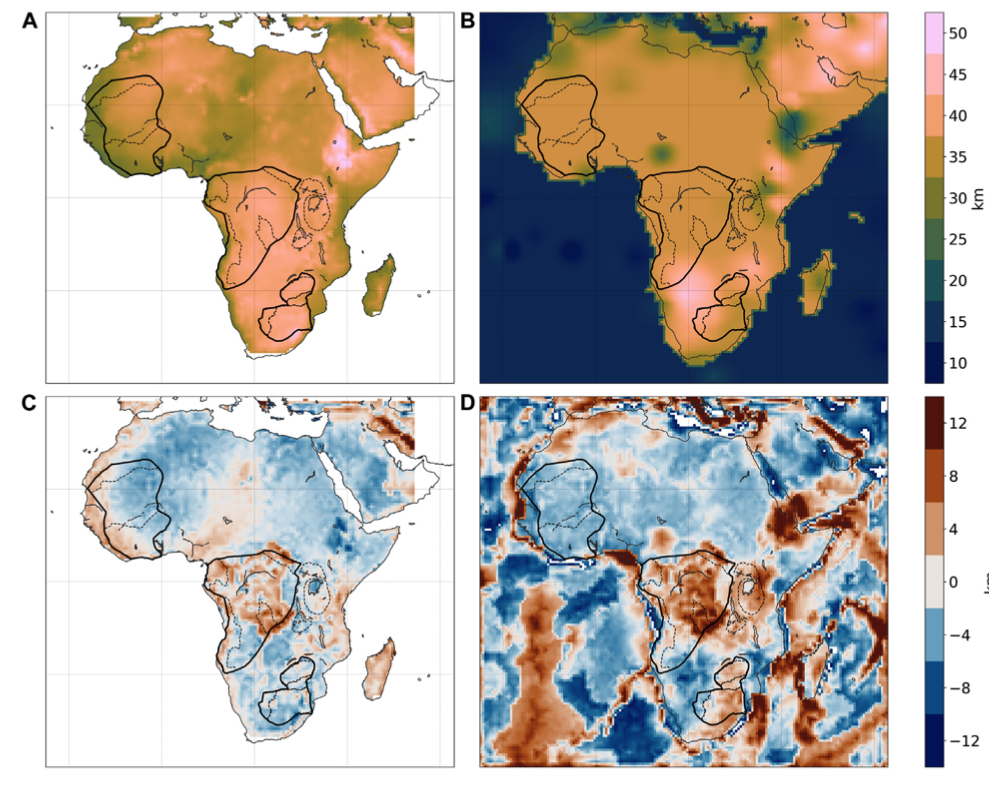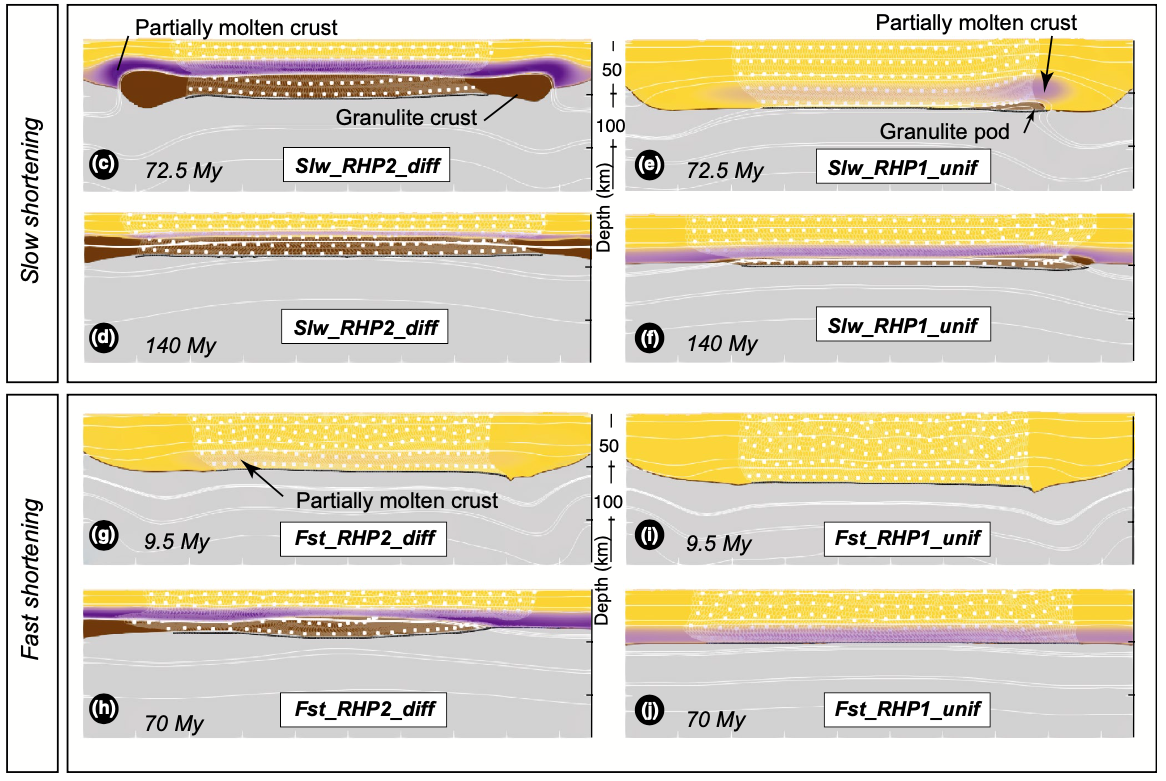pide: Petrophysical Interpretation tools for geoDynamic Exploration
pide is a Python library for calculating geophysical parameters (e.g., electrical conductivity, seismic velocity), employing the results from experimental petrology, mineral/rock physics, and thermomechanical modelling studies. pide can calculate the theoretical electrical conductivity of any Earth material that exists in the literature. pide can also calculate seismic velocity utilising the external ‘sister’ library SAnTex. Using … Read more…



